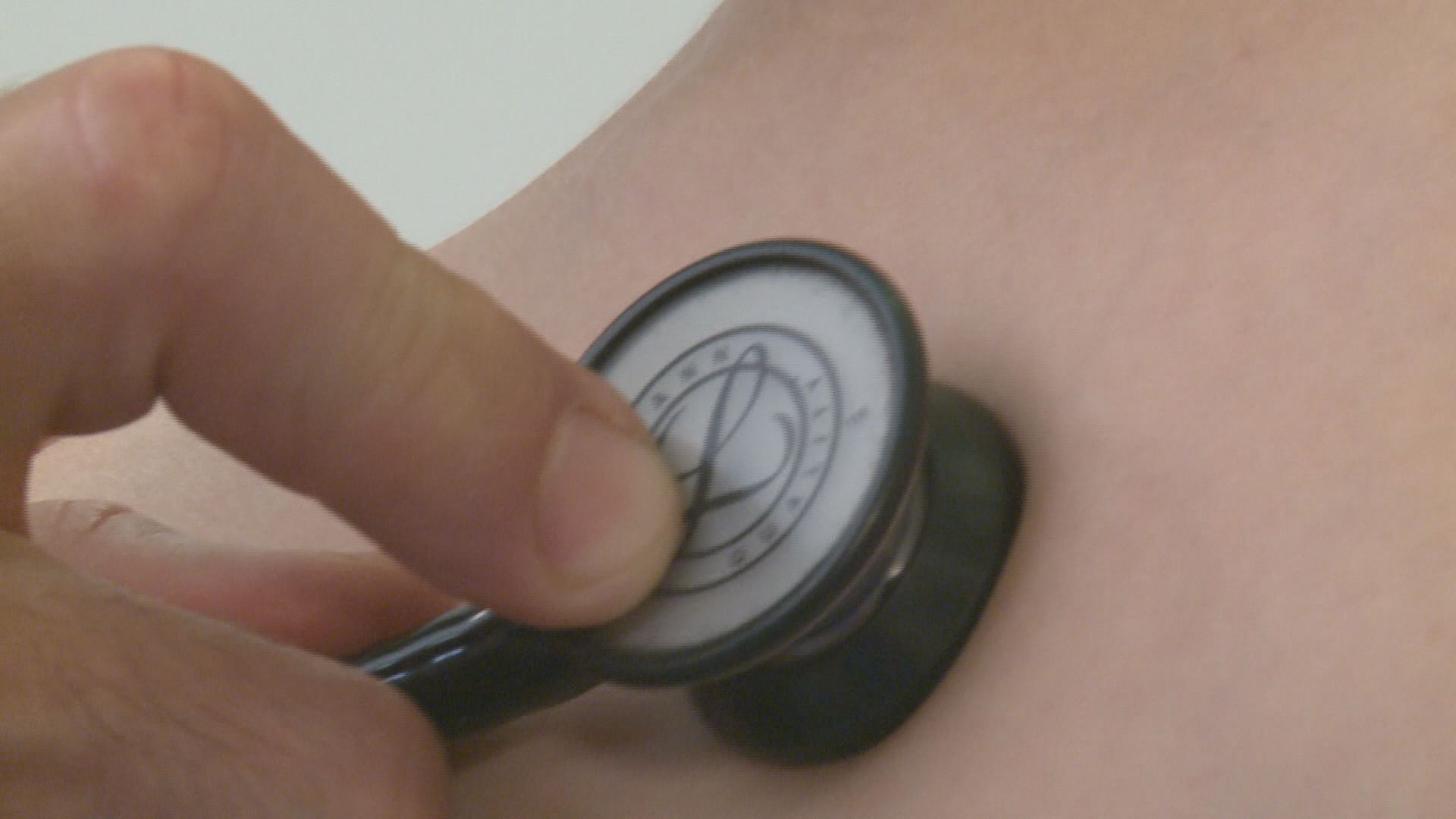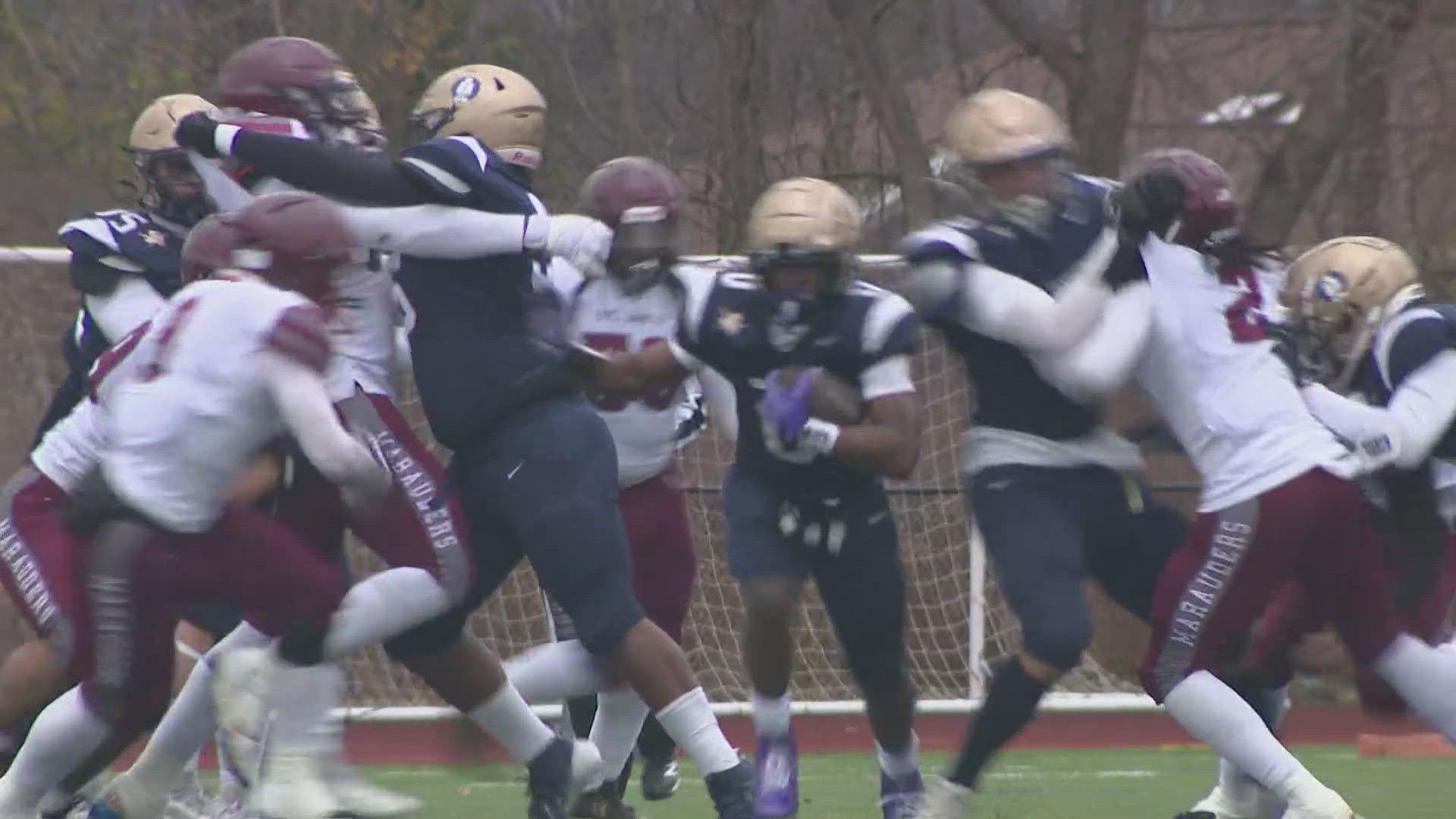NEWFANE, N.Y. -- Beginning this fall, the rules are changing for New York State middle school athletes who want to play at the junior varsity or varsity level.
The previous regulations, which have been in effect for more than three decades, have been replaced by the new Athletic Placement Process, or APP.
The New York State Education Department updated the rules to make sure students play sports "at a pace that is consistent with their physical and emotional maturity, size, fitness level, and athletic skill," according to the APP.
Only 18 states in the country, including New York, allow middle school athletes to move up to the high school level. Timm Slade, executive director with Section VI, supports the changes, and is glad students here have the option.
"There are certainly some 7th and 8th graders who are well-deserving of participating at a higher level," Slade said. "They are successful in club. They are successful in the off-season. They've trained. They're just at a different level. They're exceptional."
![635763901375609173-Still0828-00002[ID=71344404] ID=71344404](http://cdn.tegna-tv.com/-mm-/aac22ce6426cd2f155fd51c5dacad34de3dcb375/c=242-0-1678-1080&r=115x86/local/-/media/2015/08/28/WGRZ/WGRZ/635763901375609173-Still0828-00002.jpg) The goal is to make sure only those "exceptional" athletes make it through the APP. Slade says, in the past, students have slipped through the cracks.
The goal is to make sure only those "exceptional" athletes make it through the APP. Slade says, in the past, students have slipped through the cracks.
"There are student athletes participating at a higher level and shouldn't be," Slade said. "Period."
The most significant change is to the athletic portion of the APP. Students must now score in the 85th percentile of the Presidential Physical Fitness Awards program in 4 of 5 specific tests. If a student fails, there are no exceptions or waivers.
It appears fewer students will meet the requirements necessary this year, compared to past seasons. In Newfane, about 50 students took the APP physical fitness tests in June. Only about a third passed, according to the athletic director. In past years, nearly half would have passed.
However, the athletic director said he believes his numbers improved, because Newfane officials met with all 6th and 7th grader students at the end of last school year to go over the changes.
Newfane is also one of the local schools without modified sports. So middle school students don't have an option to play at their own grade level.
EmilyRae Larson is an 8th grader at Newfane, and had hoped to try out for this year's varsity swim team.
"I really like swimming," EmilyRae said. "I've been swimming for a long time."
She called the new APP "unfair", saying the athletic standards are too difficult for many students to pass.
Others are critical of the medical clearance portion of the APP. Each school's chief medical officer must sign off saying a child is physically ready to participate at the higher level. The Tanner Score, which measures a child's sexual maturity, is included in that decision.
Parents have pointed out the subjectivity -- the same student may be passed by the doctor in one district but denied in another.
Assunta Ventresca, who leads health services in Buffalo Public Schools, said it's appropriate for doctors and nurse practitioners to factor in all aspects of a student.
"We're looking at the whole child, the mental, emotional, behavioral, the physical, the social," Ventresca said.
Slade argued that while no system is perfect, he does believe doctors should have leeway and the final say in whether a child is prepared to compete with older students.
"Now the physician has the authority to determine if that student athlete can participate in that sport at that level," Slade said.
The state education department is not expected to make any changes to the APP until the end of the school year. Slade anticipates an across-the-board examination will then take place to see if more changes are necessary.
2 On Your Side reached out to the New York State Education Department with a list of questions on this topic, but our messages were not returned.


